
Wilzon is held by his grandmother, Simona Chacumo. She is a midwife from the Kallawaya culture of Bolivia.
Since I was little, I heard my father tell the story of why my great-aunt one day stopped talking to him. This family event changed the family's life and caused my father great sadness.
It wasn't until I became an adult that I was able to better understand the story, because my passion for photography led me to work as a photojournalist.
Creator
Wara Vargas Lara
Location
Bolivia
Date
June 10, 2025
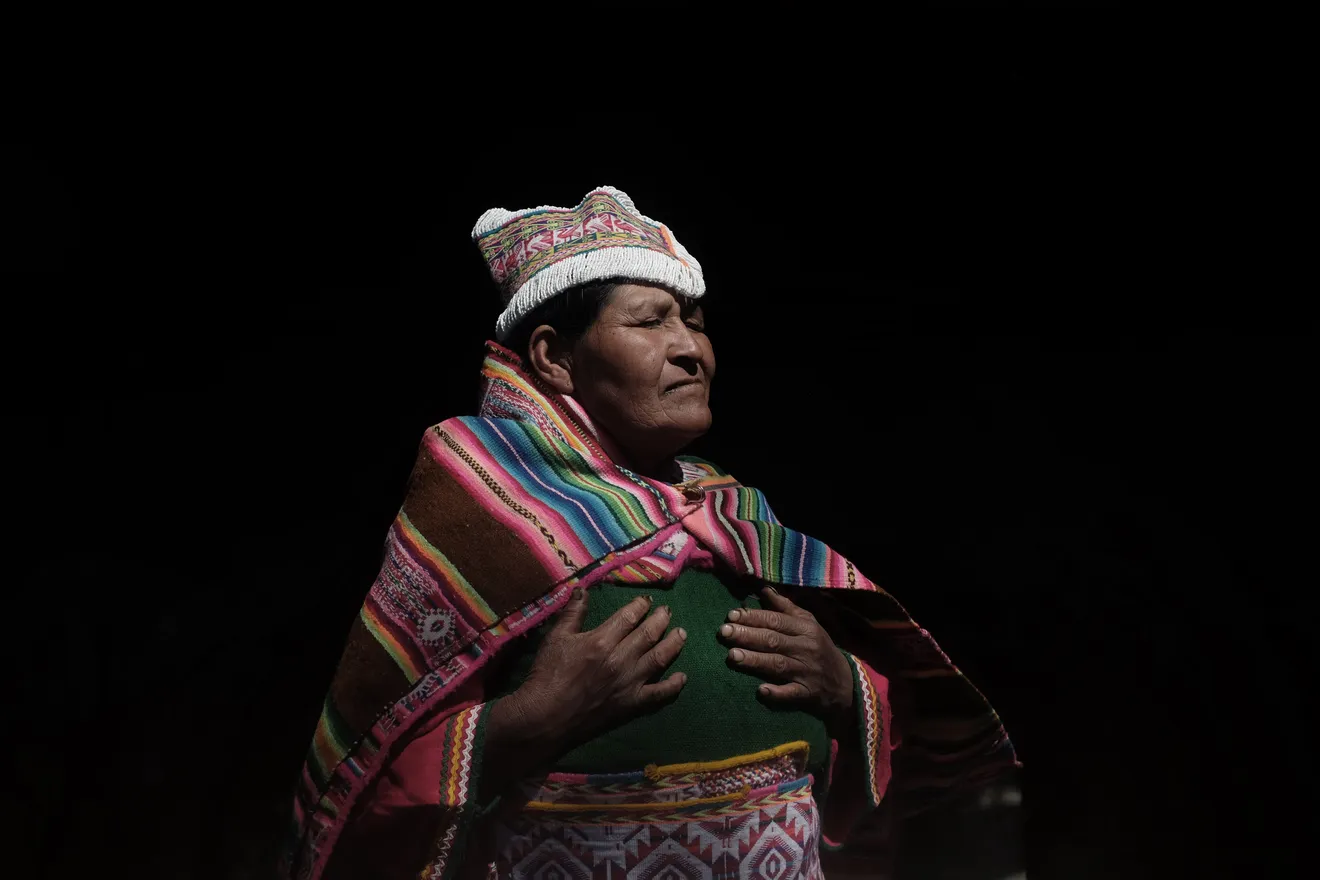
Simona Chacumo's mother was a midwife. Since she was a child, she spent time with her mother, and that's how she learned to be a midwife.
My father is a Quechua artist. Speaking his native language helped him work with international organizations in the valleys of Bolivia. His work as a native artist was a great contribution to bilingual literacy projects.
He told me that on one of his days at work, he happened to mention to a photographer who was accompanying him that at the top of that hill he kept a great treasure.
That treasure was his grandparents. He allowed this person to visit them and also take photos. The person promised to give him the photos, and he kept his promise because he worked at the same institution as my dad.
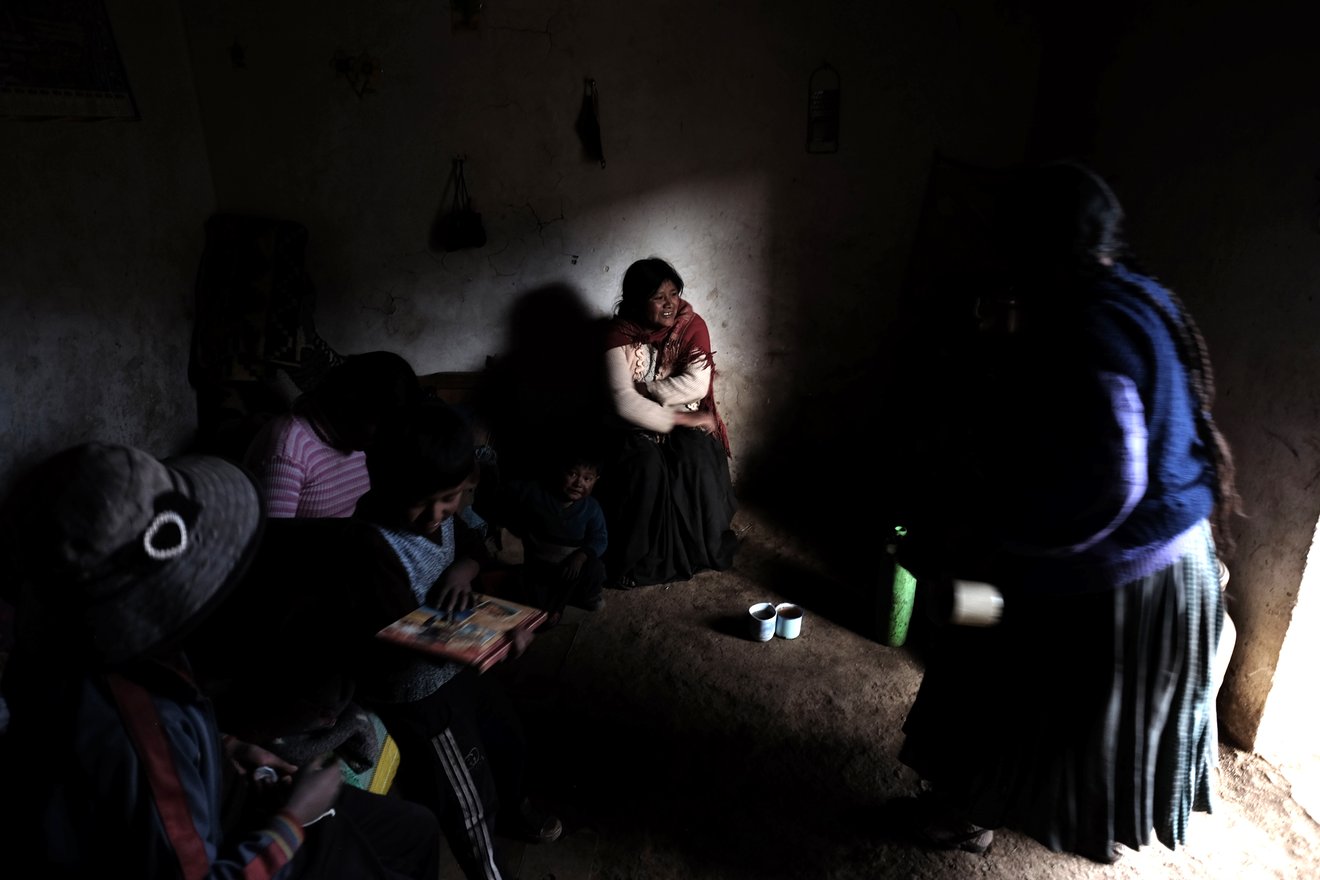
Simona Chacumo, shares her knowledge with her daughter Marina Casilla, She is one of the few young women in the community who will continue the legacy of traditional midwifery.
But after a few months, my great-grandparents appeared in the newspaper in an advertisement for a political party that said, "We're going to help the poor indigenous people in the countryside." And that's when the family crisis erupted. First, my great-grandparents weren't poor; they owned a lot of land, but the day their photo was taken, they were in their home clothes. And second, the family was healing the perception they had of indigenous people as uneducated, foodless, and poor. All of my father's sisters were already studying.
My great-aunt said my father that he had hurt the family. That he had let white people into our house and exposed the grandparents like that.
From that day on, she never spoke to my father again. My father still tells this story; I feel it's a guilt that always accompanies him.
What happened to my family is just one example of how documentary photography can be an extractive and colonialist practice. The people portrayed lose their rights to their own image, are stripped of their names and stories, and become nothing more than an object image.
The practice of documentary photography owes countless historical debts to the Indigenous world. Thanks to these images, the world has preconceptions that need to be changed.
We need other ways of seeing the world, other ways of telling stories.
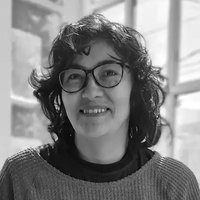
Wara Vargas Lara
Visual Creator at Fairpicture
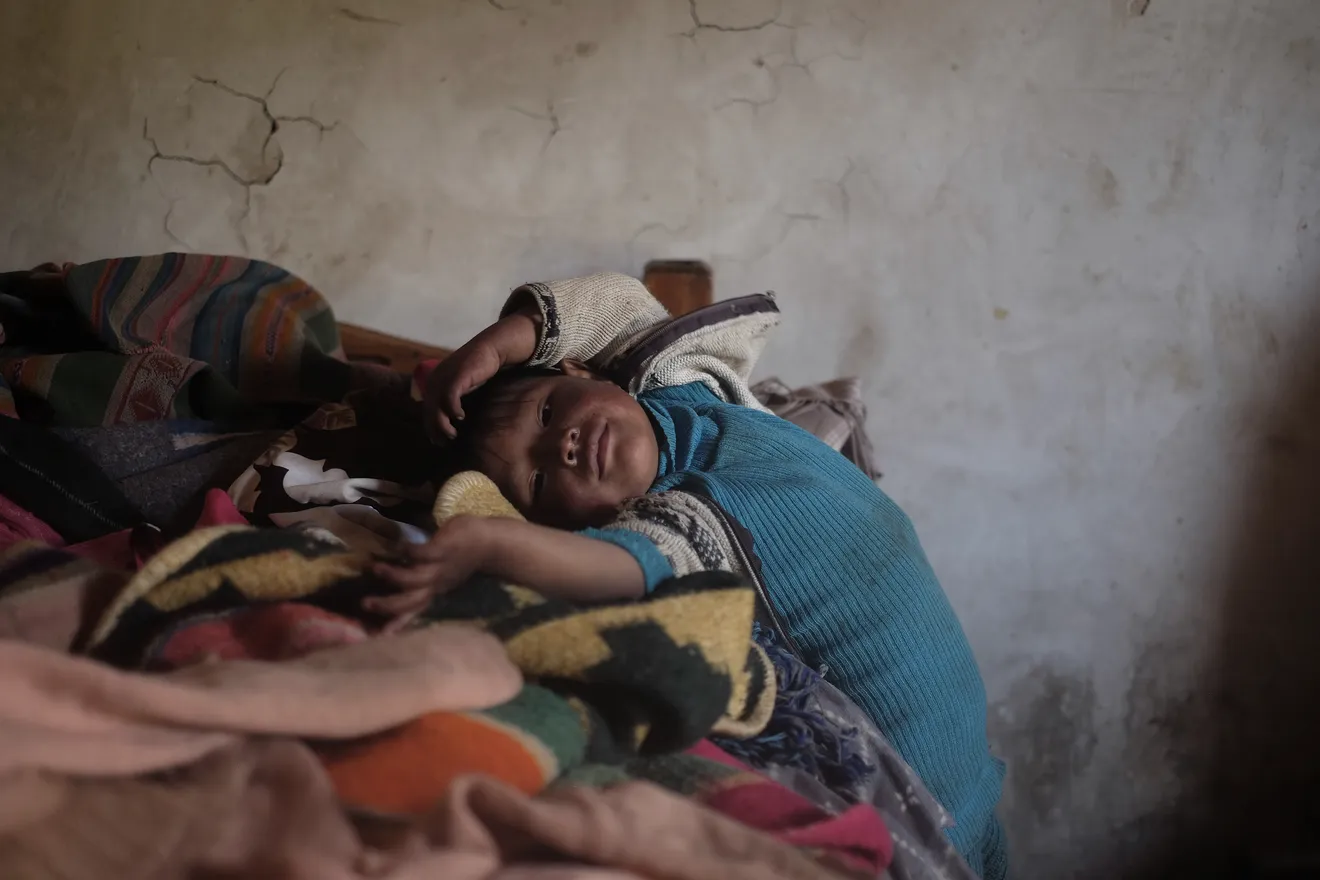
Wilzon John came into this world at the hands of his grandmother, Simona Chacumo. He was born in her warm home. Like him, most of the children in his community are born at home with the support of a traditional midwife.
Thanks to my work as a photojournalist, I've been able to work with journalists of diverse nationalities in my country, and at times, I've had to address their prejudices and try to get them to approach stories differently.
I think the more we talk about this, the less we normalize ways of working from an extractive and colonialist perspective.

A community spring is used as a laundry room, where clothes are hung to dry in the bushes. The traditional clothing of Kallaguayan women is hung here.
UNESCO declared the Kallawaya culture a Masterpiece of the Oral and Intangible Heritage of Humanity for their knowledge of plant healing and rituals.
I'm very happy to have reached this point in my career, where I feel proud of my roots and have the opportunity to contribute, with my stories, to a change in the way we perceive the Indigenous peoples of Bolivia.
Along with this text, I want to share a work about traditional midwives from the Kallaguaya culture.
I arrived for the first time in the territory of the Kallaguaya culture in 2014 and felt the magic lived there.
I decided to tell their stories, and for several years I visited midwives, patiently waiting for an expectant mother to invite me to photograph her birth.
In 2021, I realized that birth stories had always stayed with me, because it was the children who were already calling me "auntie."
And that's when the children became narrators of their births. They made beautiful drawings; most of them drew their homes, and you could see the family harmony.
Photo montage of traditional midwives in the Kallaguaya culture
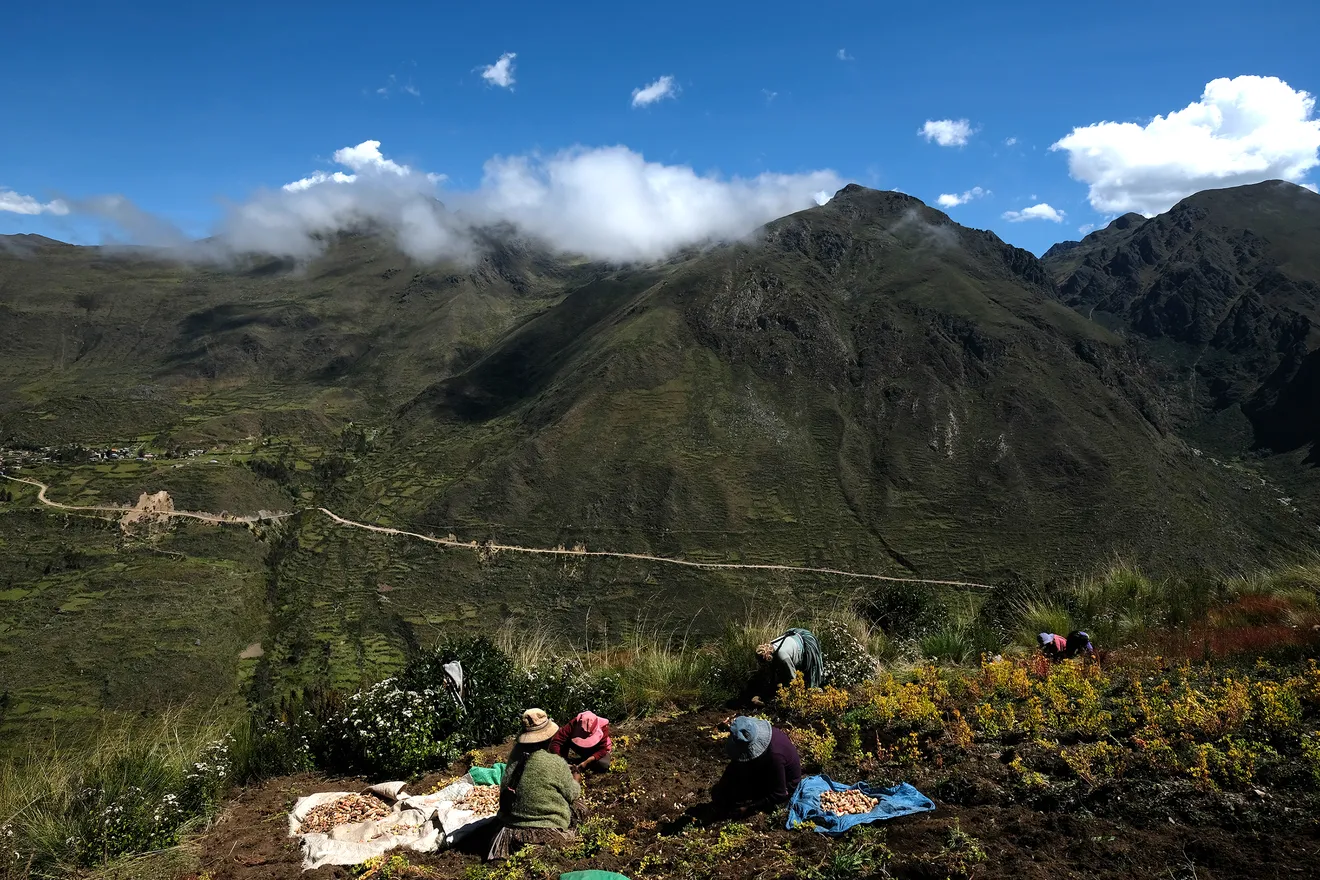
Simona Chacumo and her family at the top of the mountain where they grow their oca crops, a root vegetable native to this area. She says that her granddaughter, Susana, was born in these cebradios when her mother's water broke while she was harvesting.
Paulina Callapa, a traditional Kallaguaya midwife from the Calaya community, was the first person to welcome me. She showed me her world in such a unique way that it made me love the work of the midwives in that region. Thanks to her, I understood the importance of traditional midwifery.
Wara Vargas Lara is a Bolivian documentary photographer and part of the visual creator community at Fairpicture.
Her work is aimed at strengthening the cultural identity of indigenous peoples in her country, as well as highlighting the ancient knowledge of Bolivian women.
Thanks to her work, she was recently appointed as a judge for a German competition on decolonial perspectives in photography.
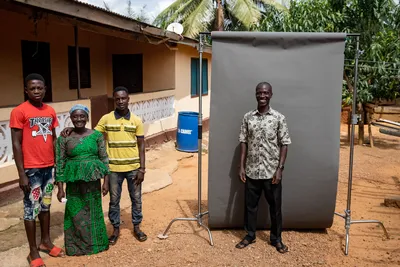
October 2024 - Fairpicture
This series of downloadable articles by Ibex and Fairpicture aims to provide valuable insights into how co-creative storytelling can bring about genuine representation by shifting narratives from being told about communities to being told with them.
Learn more about Co-Creation in Content Production
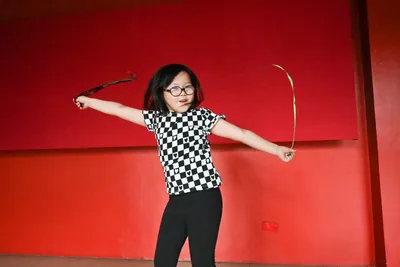
March 2022 - Jörg Arnold
Images are powerful, and those who communicate with them bear a special responsibility. It is important that communicating organizations handle images and the corresponding context and metadata with care.
Learn more about Pictures are more than illustrations
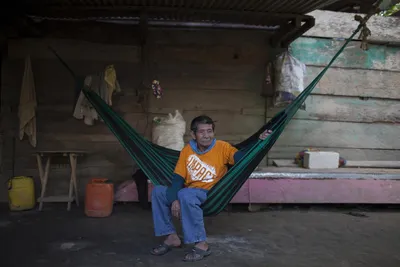
October 2021 - Jörg Arnold
Informed Consent is essential to ensure the consent of the person photographed. Jörg Arnold writes on the right to one’s own image.
Learn more about Informed consent – The right to one’s own image